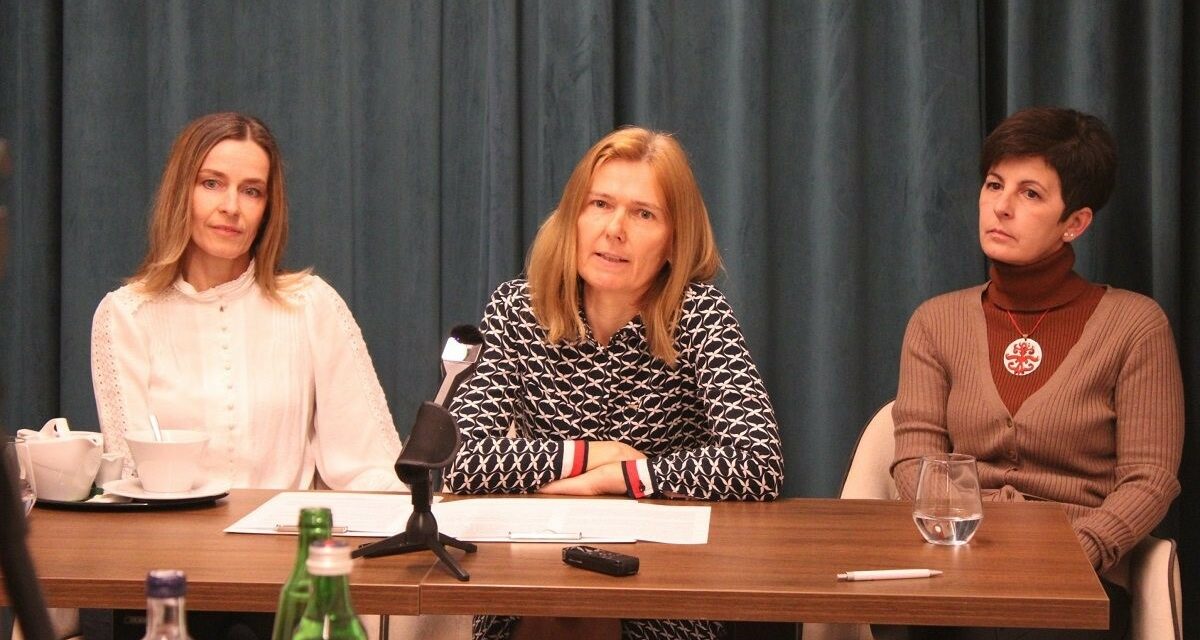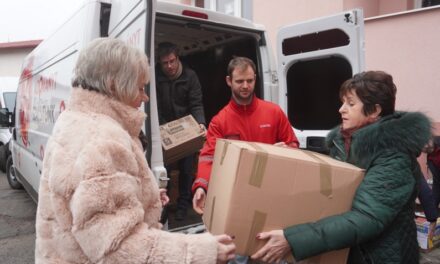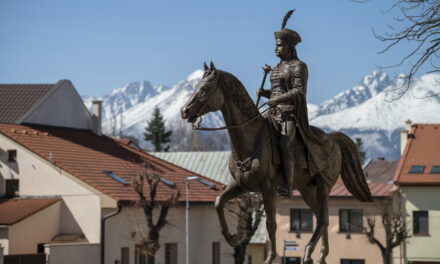The essence of the initiative, which started in Dunamocs in the highlands, is that Hungarian children will dance and sing the same dances at different locations, but at the same time, on the fourth of June. The central event of the Dance of Togetherness event will take place in Komárom, on Klapka tér, on the day of togetherness, on the fourth of June at four o'clock.
The national event was announced on Friday by the organizers at a press conference in Komárom, at which the originator of the initiative, Andrea Jókai, the representative of the Dunamoc municipality of the Association, along with the folk singer Éva Korpás, and Nóra Zink Vass, president of the Association's County Local Organization, were present, who said that the initiative the Association of Hungarian Teachers of Slovakia and the Szőttes Kamara Folk Dance Ensemble also joined. The primary goal of the event is to use the power of dance to advertise the importance of national unity, Hungarian unity and solidarity across borders, which "can be the only guarantee of our future survival and growth in our homeland," it was said.
Nóra Zink Vass believed that as a healthy, self-aware nation, as a strong community, we only have a chance for a happy future if we focus not on opening up wounds, but on nurturing our traditions and national culture.
He explained that June 4, the day of national unity, is a good opportunity to build a community with renewed strength despite all the injuries and losses we have suffered, strengthening our virtues, developing, and learning from our mistakes. "With this in mind, we are launching our joint initiative today, where we want to make this year's day of national unity memorable by presenting civic dances under the guidance of kindergarten and primary school students - their teachers, on which our attention is focused on the future generation".
Éva Korpás said that she accepted the invitation to join the initiative with great pleasure. "I work every day to strengthen children's sense of identity. That is why I am happy about this request". He noted that the target audience of the event is mainly children, but they want to involve adults as well and would like as many adults as possible to get involved. At the same time, he explained that he is confident that with this initiative they will be able to address all the Hungarians of the Carpathian Basin, both in Hungary and beyond the borders.
"On this day, in many parts of the Highlands, at the same time, we dance the same dances and sing the same songs, which were the defining dances and songs of generations," added Nóra Zink Vas, who stated the goal of the initiative, in different locations, "but from the same culture inspired, increasing the spirit of the same community, looking beyond borders, let's find each other again and be at home here at home".
On the fourth of June, playful dances well-known and well-loved by Hungarian children, such as "On the Bratislava promenade, Hogy a csibe, hogy? and the Three-Legged Curved Chair.
"When choosing the dances, the primary consideration was to have well-known, popular, easy-to-learn dances and texts. Éva Korpás said that during her concerts she experienced how popular these bourgeois ballroom dances are, which have now become part of our folk culture. "Every Hungarian kindergarten and schoolchild in the Felvidék knows and sings these songs," he said. And for those who might not know, a video was made thanks to Szőttes, with the help of which you can learn the dance steps, which can be found on the event's website.
Kindergartens, schools, children's dance groups, dance ensembles, and folk dancers are expected to join the initiative until April 20, 2022 at the e-mail address info@osszetartozastanca.sk
Source: Erika Szalai/ Felvidék.ma













